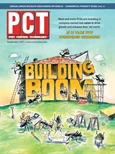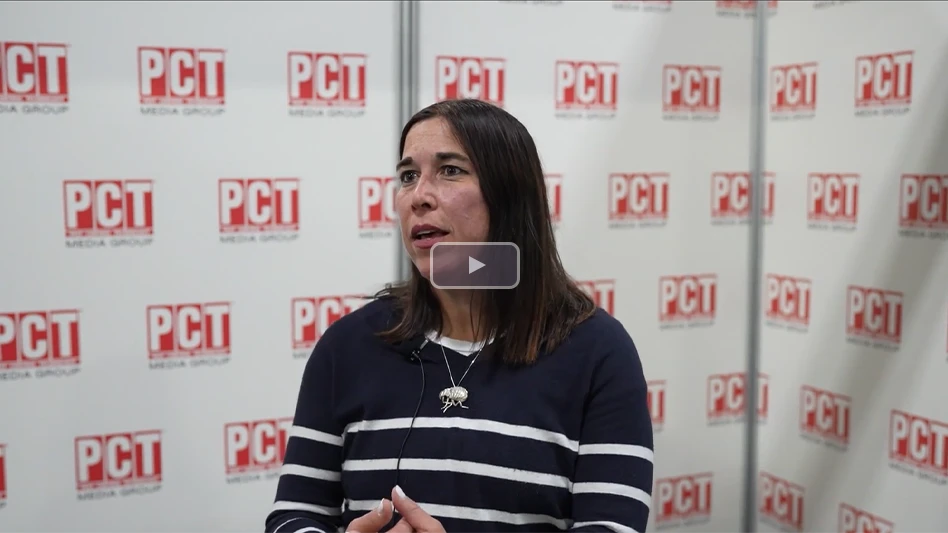It’s September and the new television season is kicking off. My bet is that several characters on CSI, Grey’s Anatomy and 24 will be using the Apple iPhone. Why? Well, consider this: between January and April 2007, Nielsen Media Research found that Apple products, such as the iPod or and iMac, were mentioned or seen more than 250 times on network and cable TV shows. These are not commercials — these are called “product placements,” which are woven into the story.
The popularity of Apple products is not coincidental. The increase of product placements in the media is taking marketing to a new level and showing terrific results. In many ways, it has become important for you to “place” your businesses in the local media to help grow your bottom line.
As you may be aware, the media can serve as an important influencer for existing and prospective customers. You may wish to consider putting your company in an advantageous position with the local media, as the “go-to resource” for pest issues. Media messages have power and your existing and prospective customers are reading, listening and watching all of them.
By working with the local media and being part of the message, you may have an opportunity to positively influence your customers and ultimately grow your business. Here are just a few things that you may wish to consider in developing a relationship with your local media:
PRESS RELEASES. Press releases are a simple way to proactively communicate newsworthy information to the public. The main goal of a press release is to create interest and get coverage in the press. Typically, press releases are sent to daily newspapers, television stations, radio stations and online news outlets.
When writing a news release, live by this rule: Keep it short and sweet and you will have a greater chance for success with your local media. Start with the most important information first — who, what, where, when and why — then, add quotes from company executives and background information.
Consider interesting topics for your press releases. For example, is one of your technicians known for their love of opera and “singing to the pests?” Unique topics can generate outstanding PR for your business. If possible, try to connect your story to a larger trend as a way to persuade the press to give it the time and attention it deserves.
BE LOCALLY INVOLVED. Local communities take pride in using local businesses — the higher your profile in a community the better the chances that your pest management business will be solicited by those who live there. Getting involved can be as simple as joining a Chamber of Commerce or sponsoring the local Little League team. It is not only great exposure but it shows that you have a vested interest in the well-being of your neighbors. If the local media are seeking out a source for a pest management story, your prominence in the community can help to set you apart from your competition.
READ YOUR LOCAL PAPER. Although a seemingly simple measure, reading your paper is one of the most important things you can do to cultivate a relationship with your local media. By staying apprised of the daily news and monitoring those reporters who cover topics affecting the pest management profession, you will be well prepared to work with the local media. Simply being aware of the news and who is delivering it can empower you to speak up on behalf of your business.
If the opportunity to work with the local media presents itself, here are a few guidelines to keep in mind when talking to a reporter:
AVOID INDUSTRY JARGON. IPM, PMP, PCO, NPMA, PCT — all of these abbreviations, while second nature to you, are Greek to outsiders. Avoid using jargon to explain the pest profession and its methods. View any discussion with the media as an extension of a conversation with a prospective customer. If the public doesn’t understand our services, they may be less likely to use them.
BE CONCISE. In local media, sometimes you may only have a few minutes, sometimes, seconds, to say your piece. Keep your message simple and succinct. Choose key points, prepare a brief explanation for each and work to reiterate your points throughout. You should strive for “soundbite” commentary, which the media both appreciate and most often use. Provide the information that is most important to the reporter’s story and allow him or her to ask questions, probe deeper and discover that you are a terrific source for any and all pest-related stories.
By monitoring the media and being proactive in your public relations techniques, you have an excellent opportunity to share your story. By working with the local media and increasing your visibility in the community, you can ultimately boost your bottom line.
The author is vice president of public affairs, National Pest Management Association/executive director, Professional Pest Management Alliance. She can be reached at 703/352-6762.

Explore the September 2007 Issue
Check out more from this issue and find your next story to read.
Latest from Pest Control Technology
- Massey Services Gives Back to Several Organizations Over Holiday Season
- The Power of Clarity at Work: How Goals, Roles and Tasks Transform Teams
- Unusual Pests of New Homes
- 2024 Crown Leadership Award Winner Bill Welsh
- UC Riverside Scientists Study New Termite Treatment Methods
- Lindsay Hartnett Honored with First Annual Eco Serve HEARTS Award
- 10 Tips to Prevent Freeze Damage
- Island Conservation Unveils New Branding and Website to Support Global Island Restoration





